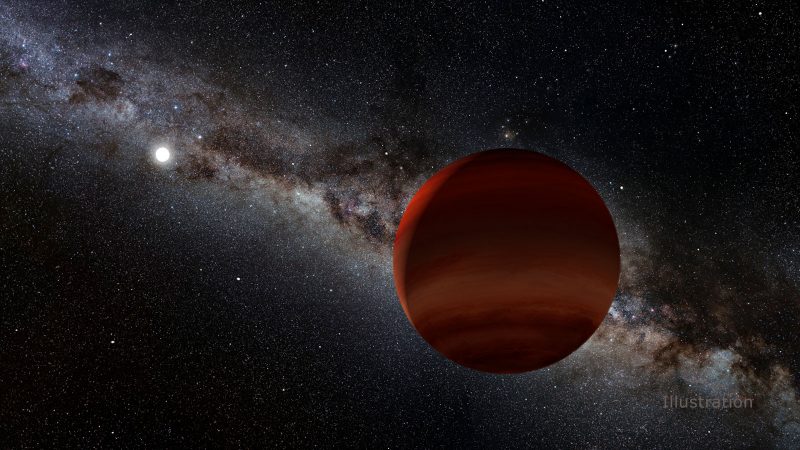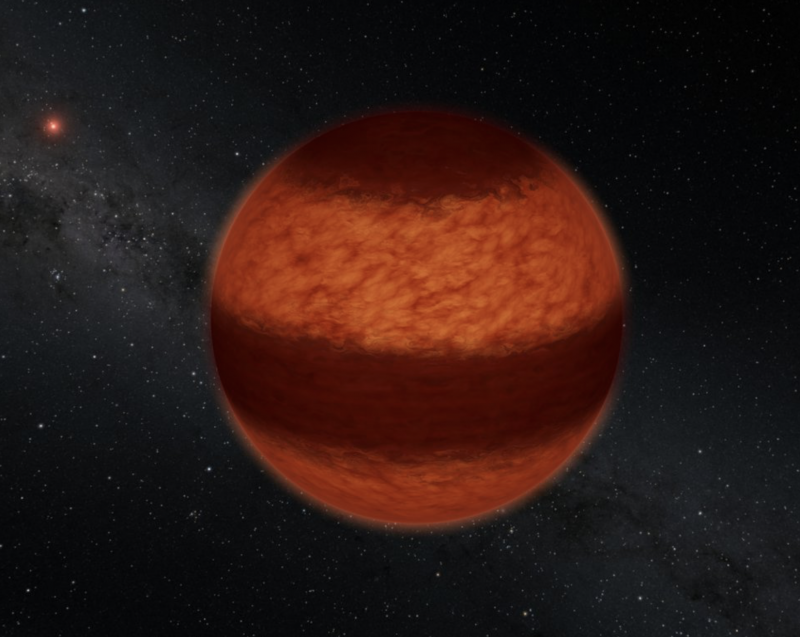
Almost every week, astronomers announce new discoveries such as exoplanets found orbiting distant stars, asteroids whizzing past Earth, and faraway galaxies with their massive black holes blazing at the edge of the universe. On August 18, 2020, NASA announced yet another discovery – made by members of the public assisting with a citizen science project – in this case of another 95 new cosmic neighbors – brown dwarfs – many within just a few dozen light-years of our solar system.
The findings are currently pending publication in The Astrophysical Journal.
These citizen scientists helped to find the brown dwarfs through a NASA-funded project called Backyard Worlds: Planet 9. Like other such projects, this one is a collaboration between scientists and volunteers. It relies on data – lots of data – from various sources, including NASA’s Near-Earth Object Wide-Field Infrared Survey Explorer (NEOWISE) satellite, from NASA’s now-retired Spitzer Space Telescope and the National Science Foundation’s ground-based NOIRLab program, which involves five major obervatories. Sifting through the mountains of data collected by all these instruments is a huge task. That’s why citizen scientists are so helpful, said Aaron Meisner of NOIRLab. He co-founded Backyard Worlds, and he’s lead author of the new study:
Vast modern datasets can unlock landmark discoveries, and it’s exciting that these could be spotted first by citizen scientists. These Backyard Worlds discoveries show that members of the public can play an important role in reshaping our scientific understanding of our solar neighborhood.

Jackie Faherty of the American Museum of Natural History in New York said:
This paper is evidence that the solar neighborhood is still uncharted territory and citizen scientists are excellent astronomical cartographers. Mapping the coldest brown dwarfs down to the lowest masses gives us key insights into the low-mass star-formation process while providing a target list for detailed studies of the atmospheres of Jupiter analogs.
Brown dwarfs are fascinating objects that are too small and not massive enough to be stars, but too large and too massive to be considered planets. Some brown dwarfs can have temperatures in the thousands of degrees, but that’s not enough to fully “ignite” and become stars. Others are much colder, and many of the newly discovered ones are in this category. Some are colder than the boiling point of water, while others are actually have temperatures close to that of Earth. There is also evidence that, just like gas giant and ice giant planets, brown dwarfs can have very stormy atmospheres. The brown dwarf Luhman 16A may look a lot like Jupiter.

If these brown dwarfs are so relatively close to us, why weren’t they discovered until now?
The answer is that, since they’re relatively cool objects, they shine only faintly in visible light. They can also be seen in infrared light, but because of their cool temperatures, they’re faint in infrared as well.
These new brown dwarfs are a missing link in the types of brown dwarfs known to exist, these scientists said. By learning more about them, they said they can learn more about how these objects form, and how they relate to other stars and planets in our sun’s neighborhood.
Some brown dwarfs are cold enough to have water vapor clouds, similar to earthly clouds. There is evidence for this on the coldest known brown dwarf, WISE 0855, which was discovered in 2014 and is only about seven light-years away. With a temperature of minus 10 degrees Fahrenheit, or minus 23 degrees Celsius, some scientists thought it might actually be a rogue planet, floating freely in space between stars. The new discoveries now help to put WISE 0855 in the context of other cool brown dwarfs. According to astrophysicist Marc Kuchner, principal investigator of Backyard Worlds: Planet 9:
Our new discoveries help connect the dots between 0855 and the other known brown dwarfs.

And just how did the citizen scientists find the new brown dwarfs?
The volunteers – over 100,000 of them – were approached by Backyard Worlds: Planet 9 to examine telescopic images consisting of trillions of pixels. Ultimately, 20 different citizen scientists from 10 countries became coauthors of the new study. They used sky maps produced from observations by WISE and NEOWISE and scoured additional archival datasets, such as those from the Nicholas U. Mayall Telescope at Kitt Peak National Observatory and Víctor Blanco 4-m Telescope at Cerro Tololo Inter-American Observatory (CTIO), both programs of NOIRLab. As one citizen scientist, Les Hamlet in Springfield, Missouri, said:
Being that this will be the first scientific paper that I’m a coauthor on, its publication will definitely be the highlight of working with Backyard Worlds so far. Also, being connected in some way with the now-retired Spitzer Space Telescope through this paper is kind of special to me.
These new brown dwarfs are just the latest to be discovered; Backyard Worlds: Planet 9 has previously found over 1,500 such cool worlds.
So … what’s next?
The Vera C. Rubin Observatory in Chile will soon image the entire southern hemispheric sky over 10 years, which should be yield many more cool brown dwarfs, among other discoveries. The upcoming James Webb Space Telescope (JWST) will be able to study some of these brown dwarfs more closely to find more clues as to how they form as well as other planet and atmospheres.
Brown dwarfs are enigmatic worlds, and scientists are now starting to learn how they came to be, in their cosmic place between planets and stars.

Bottom line: A group of citizen scientists working with Backyard Worlds: Planet 9 has discovered 95 new brown dwarfs in the sun’s neighborhood.











